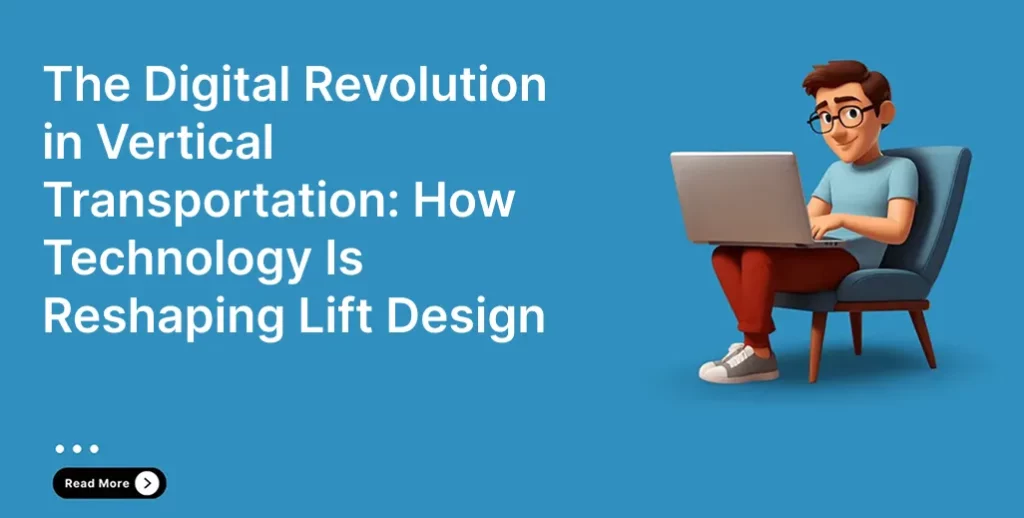If you’re looking for Mediterranean luxury, Marbella’s hard to beat....

For decades, elevator design and traffic management relied heavily on calculations, experience, and trial-and-error. Today, that’s changed. Architects and engineers are turning to advanced digital solutions that model how people move through buildings in real time. This shift toward data-driven design has dramatically improved accuracy, efficiency, and sustainability, and it’s transforming how modern high-rises are built.
In the past, lift designers used static formulas to estimate passenger flow and travel times. But those methods couldn’t account for real-world variables like population surges, building usage changes, or fluctuating energy demands.
Now, smart simulation tools allow engineers to replicate every scenario before construction even begins. Through visual modeling and performance prediction, designers can make data-backed decisions that improve safety, reduce energy consumption, and enhance user experience. These innovations are helping professionals optimize space, minimize wait times, and create smarter, more efficient buildings from the ground up.
If you’re curious about how digital modeling tools are changing modern lift planning, you can learn more about elevator software from companies leading the industry.
Large-scale construction projects rely on seamless collaboration between architects, engineers, and developers. Digital platforms now make this process far smoother by allowing every stakeholder to visualize and test lift performance in a shared environment.
By integrating 3D visualizations and simulation data into a single workspace, design teams can identify potential design conflicts early, long before construction begins. This not only reduces costly rework but also improves communication between project partners.
Today, many firms depend on advanced modeling systems to ensure their vertical transport systems are efficient, reliable, and aligned with building performance goals. With modern technology, there’s less guesswork and more precision throughout the entire design process.
The use of predictive analytics in lift design is a game-changer. Engineers can now forecast passenger demand patterns, energy usage, and maintenance needs over the building’s lifetime. This data allows developers to make proactive adjustments that keep lifts running smoothly and efficiently.
Unlike traditional approaches that relied solely on past performance data, predictive insights offer a forward-looking view of system health and traffic patterns. This makes it possible to anticipate challenges and design solutions that stand the test of time.
For more about the latest tools used in the industry, check out AdSimulo, which offers insights into simulation-based traffic modeling and design optimization.
High-rise and mixed-use developments present unique challenges for lift designers. Different building zones, residential, commercial, and hospitality, have distinct traffic demands. Advanced simulation technology allows architects to tailor elevator configurations for each area, ensuring a balanced and efficient system.
One of the most significant benefits is the ability to integrate design data directly into Building Information Modeling (BIM). This ensures complete alignment between architectural and mechanical elements, leading to fewer errors and greater operational efficiency once the building is complete.
The next frontier in lift technology lies in automation and artificial intelligence. Smart control systems will soon adapt dynamically to real-time traffic flow, adjusting car allocation and scheduling automatically. This will lead to shorter waiting times, reduced energy consumption, and an enhanced passenger experience.
As technology evolves, so does the potential for integrated design environments that combine data visualization, simulation, and predictive analytics. These systems will empower architects and engineers to create not just efficient lifts, but intelligent mobility systems that respond intuitively to user needs.
For professionals looking to stay ahead of the curve, it’s essential to explore how these tools fit into broader building design strategies and long-term sustainability goals.
The shift toward simulation-driven lift design is more than a trend, it’s the foundation of the future built environment. By combining digital analysis, predictive data, and collaborative modeling, architects and engineers can deliver safer, smarter, and more efficient transportation systems.
To see examples of how simulation tools support this process, visit www.adsimulo.com, which demonstrates how engineers use digital modeling to optimize lift performance.
If you’re looking for Mediterranean luxury, Marbella’s hard to beat....
The digital landscape evolves quickly, and attention is harder to...
For decades, elevator design and traffic management relied heavily on...
Modern architecture is reaching new heights, literally. As buildings grow...